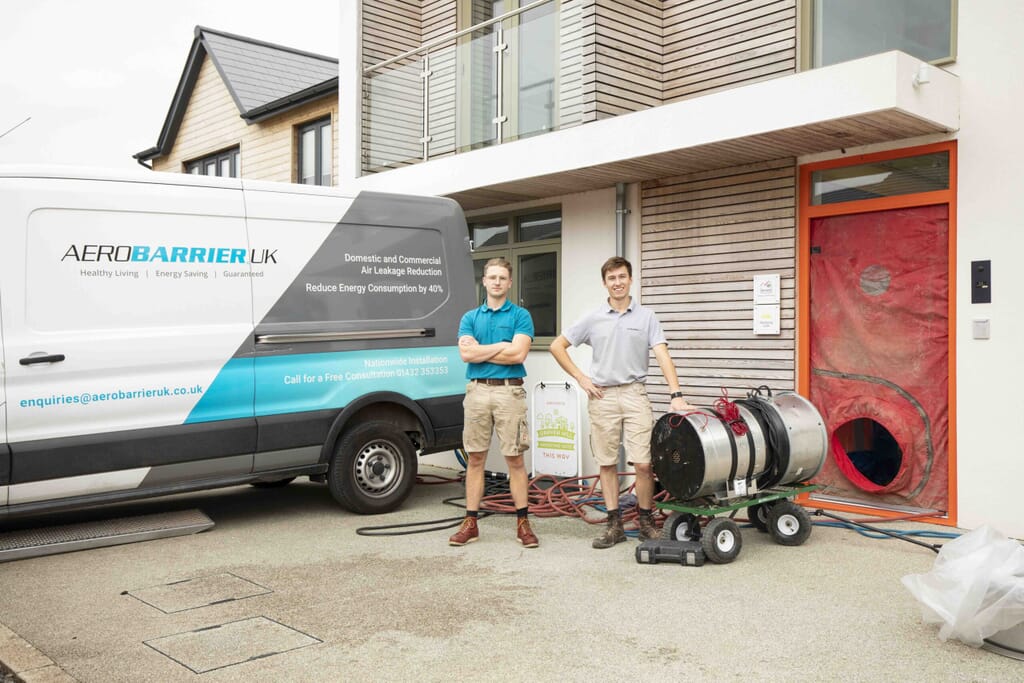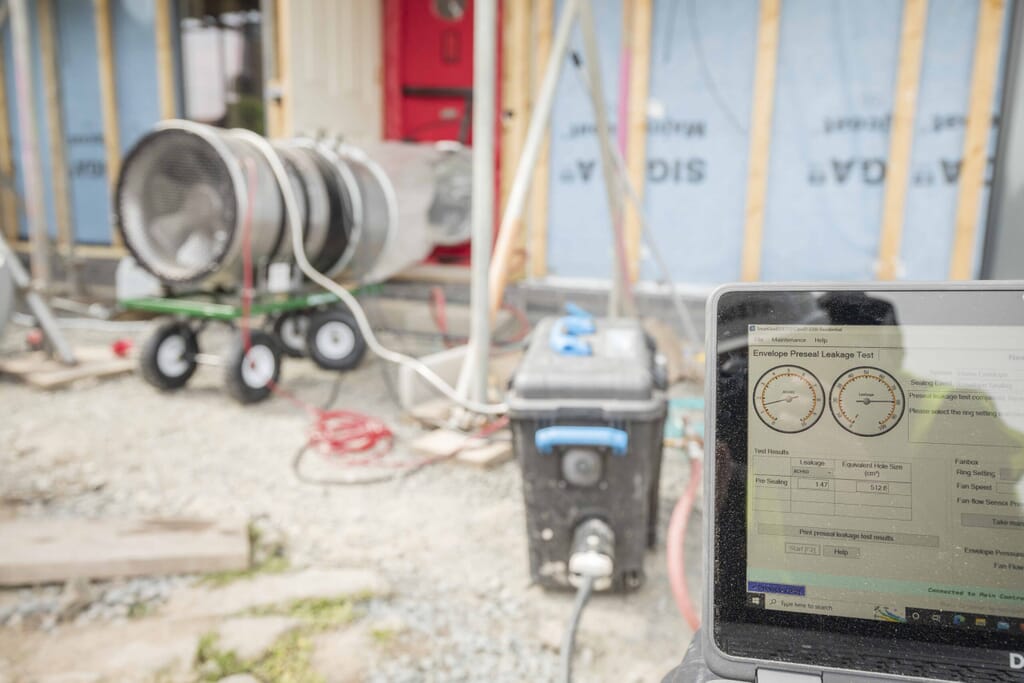A well-executed airtightness strategy is more than just sealing up gaps, it’s a structured approach to controlling air leakage throughout the entire lifecycle of a building project. From early-stage design considerations to material selection and on-site quality control, airtightness plays a crucial role in ensuring energy efficiency, occupant comfort, and long-term building performance.
Air leakage can lead to significant heat loss, higher energy bills, and moisture-related damage such as damp and mould. Even in a well-insulated building, uncontrolled air leakage can undermine thermal performance, reducing the effectiveness of heating and cooling systems. That’s why airtightness is a key requirement in modern building regulations, including Part L of the UK Building Regulations and the Future Homes Standard, which aim to drive improvements in energy efficiency.
A successful airtightness strategy should be integrated into the design and construction process from the very beginning.
Airtightness should be factored in during the initial design phase, with both careful detailing and active discussion with construction delivery teams to ensure the design is achieved both on paper and in practice. Architects and designers should aim for a simple, continuous, airtight layer throughout the building envelope, reducing penetrations and using standardised junction details.
Choosing the right materials is essential for maintaining airtightness – the most airtight build system is the one where all stakeholders are engaged at the outset. This doesn’t necessarily mean choosing ultra-specialist membranes, tapes or products – whichever route is decided, ensuring that both design and project delivery have all the relevant training and understanding for installation and are fully aware of the importance of airtightness means that a robust and durable air barrier is created.
Even the best-designed airtightness strategy can fail if it isn’t executed correctly on site. Having a simple and easily executable airtightness strategy is crucial – providing training, effective on-site solutions and reliable quality control checks are key to preventing gaps and ensuring proper sealing of critical areas such as window junctions, service penetrations, and roof connections.
Air permeability testing and certification is the vital final step to measure the effectiveness of an airtightness strategy. Specifying innovative solutions like AeroBarrier ensures that repeatable, reliable and robust airtightness is achieved at the correct stage in the programme, mitigating the need to retest and address air leaks before sign-off – all to ensure that the building will meet or exceed project airtightness targets.
At AeroBarrierUK, we specialise in delivering high-performance airtightness solutions with precision and reliability. Our innovative sealing technology allows for fast and effective airtightness improvements, helping developers and contractors meet demanding energy efficiency standards with ease.
If you’re looking to implement a robust airtightness strategy for your next project, get in touch with our team today!
Want to learn more about airtightness and energy efficiency? Explore our latest articles on the AeroBarrierUK blog.

